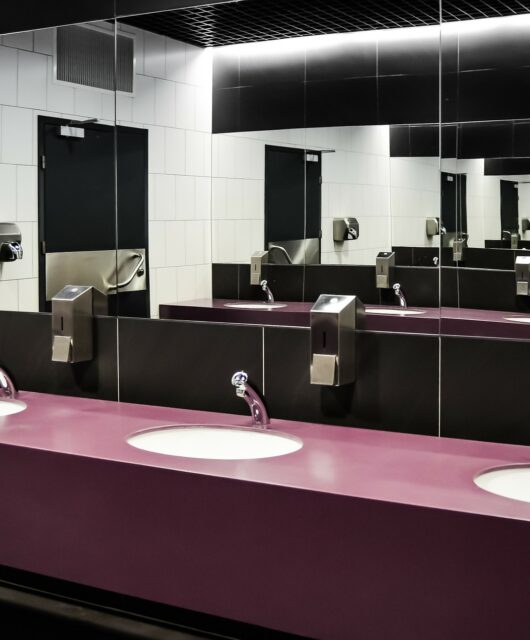Different Types of Electrical Wiring and Their Benefits

Can you imagine living in a world without the convenience of flipping a switch? Whether it is turning on your appliances or lighting, an electrical wiring system is vital. As the backbone of your home’s power supply, wiring carries electricity throughout your building, allowing you to use different devices safely. With that in mind, understanding the different electrical wiring types is crucial to maintaining optimal efficiency and functionality. At Mr. Electric of Fort Worth, we provide comprehensive wiring services, which include sharing vital information about your electrical system.
What Is Electrical Wiring?
Before undertaking a renovation or home improvement project, it is crucial to understand what electrical wiring is all about. This is a process that involves connecting wires and cables to different appliances, such as switches, fuses, sockets, fans, lighting, and many more. However, electrical wiring is not for every DIY enthusiast with basic skills and a toolbox. Authorities have established regulations that must be observed during electrical projects. A licensed electrician in Saginaw is updated on industry norms and standards, preventing electrical hazards and costly fines associated with non-compliance.
What Are Exposed Electrical Wiring Systems?
As the name suggests, exposed electrical wiring systems involve installing cables and wires without concealing them within ceilings, walls, and floors. Let’s look at the different exposed wiring methods and their advantages to help you decide.
Cleat Wiring
The most common exposed wiring method is cleat wiring. This technique involves the use of fixed supports on walls and ceilings made of wood, porcelain, or plastic. These supporters, also known as cleats, offer simple and cost-effective installation solutions since the cables are exposed. In addition, it is easier to detect and fix faults quickly, allowing you to avoid unnecessary disruptions and resume daily activities. However, cleat wiring may not be ideal if you want to prevent fire hazards and maintain a neat home.
Batten Wiring
Another popular exposed electrical wiring method is batten wiring. A trained electrician uses single-core cables that run along wooden batteries fixed on ceilings or walls, making this technique ideal for small-scale installations. The main advantage of batten wiring is its simple and cost-effective installation process. Unlike the latter, batten wiring maintains an aesthetically pleasing look without compromising functionality and safety. If you live in an area with high humidity or plan to have installation outdoors, this might not be the best option.
Casing and Capping Wiring
Lastly, casing and capping wiring involve the use of wooden-encased cables that are covered with a protective cap. This technique provides an organized and neat solution for surface wiring installations. For those who want added protection to their wiring while maintaining the aesthetic appeal of their spaces, this wiring technique is the way to go. The only downside to this electrical wiring method is that it is labor-intensive and poses risks when situated in alkaline and acidic humidity.
What Are Electrical Wire Color Codes?
When installing electrical wiring, safety is vital. As a homeowner, understanding the color codes used for different wires can help you maintain a safe environment. If you prefer a more hands-off approach to electrical work, consult a reputable electrician in Saginaw to break down the standard wire color designations. Since electricians know what each color signifies, they can provide accurate services and minimize the risk of accidents.
Electrical wiring is an essential part of modern living, powering a wide range of home and office appliances. If you have an installation or home renovation lined up, contact Mr. Electric of Fort Worth to ensure precision and safety throughout the process. We can dispatch a certified electrician in Saginaw to address all your wiring needs, giving you peace of mind knowing everything is handled professionally.









